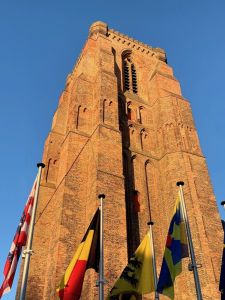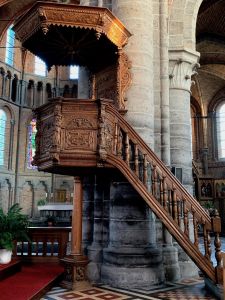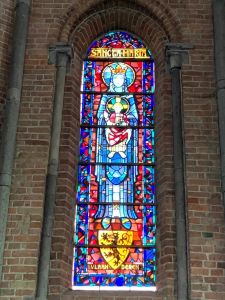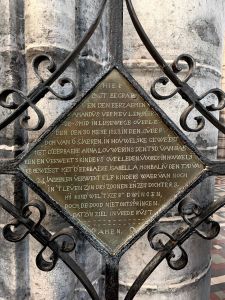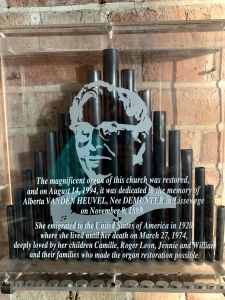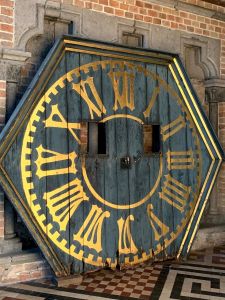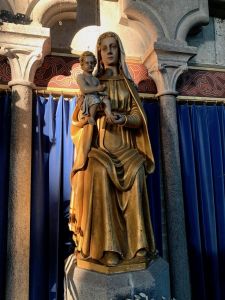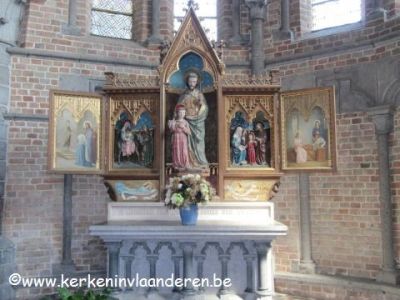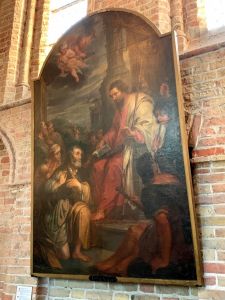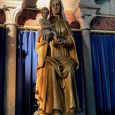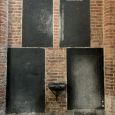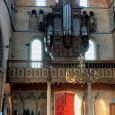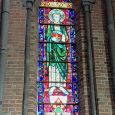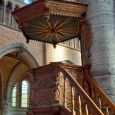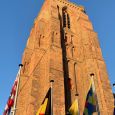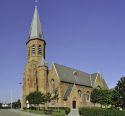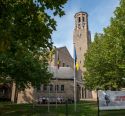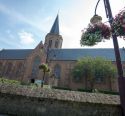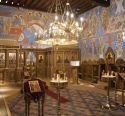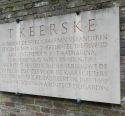Church | 1230-1260 | Romanesque, Gothic | Catholic Church






Map
Opening hours
01 January - 31 December
Mon 9.00 - 17.00
Tue 9.00 - 17.00
Wed 9.00 - 17.00
Thu 9.00 - 17.00
Fri 9.00 - 17.00
Sat 9.00 - 17.00
Sun 9.00 - 17.00
Description
The church is much bigger than one would expect for a little town like Lissewege - this would have something to do with the devotion of a miraculous statue of Mary that is still to this day being carried around during the yearly event called the Ommegang (roughly translated as “the walk around”), and also because of Lissewege being a stopover for pilgrims on their way to Compostela.
KIKIRPA : Photo-library online
Photos
Remarkable elements
Statue of Our Lady of Lissewege
The legend surrounding the miraculous statue of Our Lady of Lissewege talks about the fishermen of Koudekerke (the former Heist) that would come and cast their fish pots in the numerous wells and creeks between the irises during dire times. One day - as the legend says - the fishermen pulled up a statue of the Virgin Mary and they took it home with them, the statue of the Virgin Mary only to be found the very next day standing at the water well. And so - according to the legend on the water well (the lid is still viewable in the middle corridor) the church was built. The original statue was lost during a fire in 1586 and it was in the year 1624 that a new statue was placed.
Grave stones
In the church, one can find a few remarkable bricked in grave stones that mention texts on the topic of vulnerability and the transience of earthly life - one of them mentioning the following sentence: “Menschel vorme spyse voor de worme van cleid weirde wilt myne gedyncke die ligge en styncke int slyck der eirde. In vrede moet zy rusten. Amen. Vreugt ot Noot T’Einde de Dood.” (Roughly translated from old Dutch: “People are a food source for the worms, from clay will my remembrance lay and stink from the soil of the earth. In peace you shall rest. Amen. Joy or Need, the End will be Death.”)
Van Peteghem organ
Wairam Romboudt, a local master-carpenter, created in the year of 1652 the root screen, and the organ closet. The organ mechanics are from 1808 and were made by Karel Van Peteghem. In 1994, the organ was thoroughly restored i.a. thanks to a donation by Mr William Vanden heuvel, an American lawyer and diplomat with roots in Lissewege.
In the side nave, under the organ closet, a sign reminds us of his donation.
Churches' choir
In the Churches’ choir, one can find choir fire windows of Crespin-Crickx with patterns called Our-Lady, Saint James the Great, and Saint Eligius with the weapon shield of respectively Flanders, Lissewege, and Ter Doest. Furthermore, one can find in this church a collection of several worthwhile paintings by Jacob van Oost the Elder (The Visitation by Our Lady), Jan Maes (Saint James of Compostela) and Marc van Duvenende (Christ on the Cross).
Tower
The tower that is 49.5 meters high, is very much worth a visit. Following a stone spiral staircase, leading one up to a short wooden staircase, one reaches the tower platform from which one has a fantastic view on the wider surroundings. You will first reach the bell attic though, equipped by four big reverberation windows. In the strong oak chairs, one can see six church bells hanging: three bells in steel, and three in bronze. These latter bells are the replacement of the bells that were taken away by the Germans during the invasion of 1940-1944. There is also a little carillon present for you to see.


